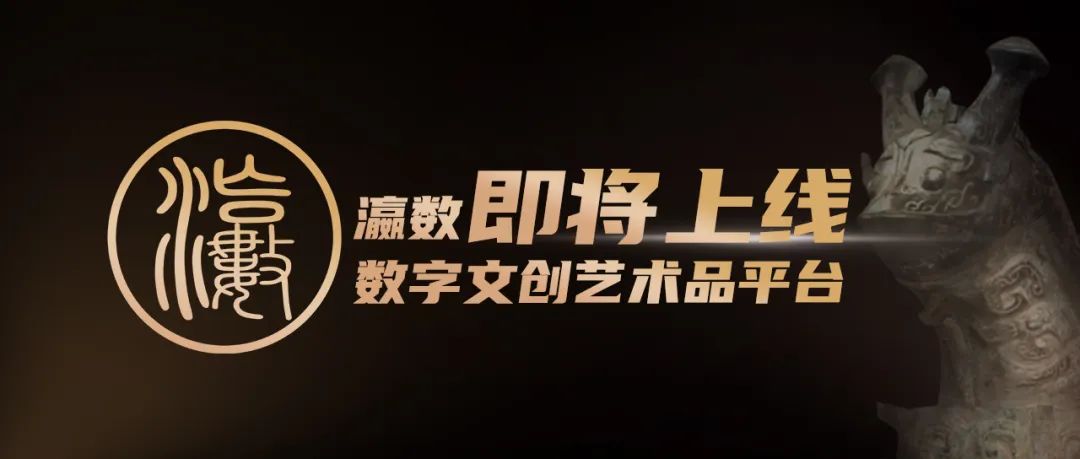The story of Zhan Tianyou, the "Father of Railway", "The Father of Railway"
Author:Beijing Changping officially r Time:2022.09.09

Author: Shi Feng
Zhan Tianyou, the word dependent, was originally from Wuyuan County, Anhui Province (now Jiangxi Province). On April 26, 1861, he was born in a declined tea merchant family in Nanhai County, Guangdong Province. At the age of 7, he started to study in a private school in the county. Due to his poor family, on July 8, 1872, Zhan Tianyou, who was only 12 years old, studied in the United States as the first batch of officials in the United States in China. After 6 years of basic studies, he was admitted to the railway engineering at the Department of Civil Engineering at Yale University. After three years, he returned to China with excellent academic performance. After returning to China, Zhan Tianyou entered the ponytail Shipbuilding School to study. After the war, he was transferred to the Huangpu Water Division Academy to teach. In 1888, he entered the China Railway Corporation as an engineer by the recommendation of his classmate Sun Mou. Zhan Tianyou, who was lost for seven years, had the opportunity to dedicate himself to the railway cause of the motherland. At this time, the construction of the Tianjin -Tangshan Railway, he was unwilling to live in Tianjin for a long time, and came to the construction site to share with the workers. As a result, it only took 80 days to complete the traffic. However, Li Hongzhang played with British Jin Da and promoted Jin Da as the chief engineer. Zhan Tianyou's achievements were plagiarized.
In 1890, the Qing government repaired Guan Guan's internal and external railways (now Jingshen Railway), with Jin Da as the chief engineer. In 1892, the project went to the Luohe Bridge. Many countries wanted to win this business. Of course, Kim Da took British people first, but the British Kakos failed to build a bridge. Japan and Germany's contractors have also failed. As the period of delivery is approaching, Jin Da has to ask for Zhan Tianyou. Zhan Tianyou analyzed the reasons for the failure of various countries in detail, and after a thorough measurement and research on the geological soil at the bottom of the Luohe River, he decided to change the pile site. The traditional Chinese method was adopted to sneak into the bottom of the river with Chinese divers, accompanied by machine operations, victory in victory, victory Completed the pile task and built the Luohe Bridge. This victory has the ambition of the Chinese people.
Zhan Tianyou, an election of the British Engineering Research Association in 1894. Since then, Zhan Tianyou has led railway buildings such as Jingjin Road and Pingyu Road (Pingxiang to Fuling). In order to please Nara, Yuan Shikai, please build a new Yiti Railway (Gaobeidian to Yixian) for the royal family in 1902. Worshiping ancestors by train, Narash is naturally happy. In order to make ancestral sacrifice in 1903, Yuan Shikai was ordered to complete within six months. Yuan Shikai ordered Zhan Tianyou as the chief engineer. Although the value of this road is not great, it is the beginning of the Chinese self -cultivation railway, so Zhan Tianyou still attaches great importance to it. Zhan Tianyou completely abandoned the convention that foreigners had to air dry after the road base was repaired at that time. It only built a new Easy Railway with a very provincial cost of only four months, which greatly encouraged the confidence of the Chinese self -built railway. Laipan a good foundation for the construction of the Beijing -Zhang Dynasty railway.
Zhangjiakou is the main point of Beijing to Inner Mongolia, and the travelers of north -south travelers have always been struggling for the soldiers. Therefore, the Beijing -Zhang Dynasty railway has important economic and political value. When the news of the Qing court was about to repair the Beijing Zhang Road, the British ambition in China, the largest power in China, must be obtained. The Tsarist Russia, who regarded the Great Wall as the scope of its power, did not give up. Without foreign craftsmen, they are all self -study by the Chinese, and both sides will not reach out. In this way, the Qing government eliminated the idea of helping foreigners and self -cultivation.
In May 1905, the State Administration of Beijing and Zhang Railway and Engineering Bureau were established. Chen Zhaochang was the General Office. Zhan Tianyou was the Council and Chief Engineer. In 1906, Zhan Tianyou was promoted to the General Office and Chief Engineer. Zhan Tianyou clearly knew the arduousness of this task. He must first hold up the ridicule from all aspects: Some people say that he is "self -proclaimed", "but spending a few money", and even saying that he is "bold". He said in the letter to his American teacher Norospu: "If the Beijing Zhang engineering fails, it is not only my misfortune, the misfortune of Chinese engineers, but also a great loss to China. In my acceptance of this Before and after the mission, many foreigners were explicitly claiming that Chinese engineers could not take on the arduous projects of Shifang and caves on the Jingzhang Line, but I insisted on my project. "It fully reflects the patriotic and national responsibility of Chinese intellectuals.
Zhan Tianyou surveyed three routes, and the second detour was not desirable. The third is today's Fengsha Line. Due to the limited funding of the Qing court and the urgency of time, Zhan Tianyou decided to adopt the first route, that is, from the West Zhimen, Shahe in the Taipei Taipei, via Nankou, Juyongguan, Badaling, Huailai, Ji Mingyi, Xuanhua to Zhangjiakou, with a total length of 201.2 kilometers. The difficulty of the entire line is in the Guangou. This area is stacked and cliffs. The difficulty of the project was nationwide and the world was rare. Zhan Tianyou divided the entire line into three paragraphs: Fengtai to the south mouth was the first section, the south mouth to Kangzhuang was the second paragraph, and the rest was the third paragraph.
On September 4, 1905, the railway officially started, and the rail paving began on December 12. On the first day of the rail paving, a car hook chain of a row of engineering vehicles was broken, causing derailment accidents. This has become evidence that the Chinese cannot cultivate the railway by themselves, and all kinds of slander injuries come. However, Zhan Tianyou was not panicked, and thought calmly: The slope of this road is extremely large, and the connection performance between each carriage is slightly unsteady, and the accident is difficult to avoid. To this end, he used the automatic hook method and finally solved the problem.
On September 30, 1906, all the projects were opened to traffic, and the second part of the project was opened at the same time. Difficulty is in the second paragraph. First of all, it must open the four tunnels of Juyongguan, Wugui, Shifo Temple, and Badaling. The longest Badaling Tunnel is 1092 meters. Zhan Tianyou adopted the method of digging in the mid -distance well -cut well, and excavated the Badaling Tunnel of 1145 meters long and well -known in the world. ; The two locomotives are pushed back and backward, so that the train can safely pass the Badaling Sky. He also introduced advanced automatic hooks from the United States, increasing the insurance coefficient of the safe operation of the train. The organic combination of these inventions was not only a major miracle in the history of railway architecture at that time, and left many beneficial revelation to future generations. This must not only have precise calculations and correct commands, but also have new types of mountains, ventilations and pumping machines. The former was not a problem with Zhan Tianyou, and the latter did not have at the time in China. It was only the hands of the workers, and it could be imagined. They just overcome difficulties, and finally completed the second project in September 1908. The difficulty of the third section of the project is second only to Guangou. The first thing that encounters is Huailai Bridge. This is the longest bridge on the Jingzhang Road. It is erected from the seven 100 -foot steel beams. Because Zhan Tianyou commanded correctly, it was built in time. On April 2, 1909, the train passed to the garden. Although the section of the fork in the Garden to the Jimingyi Mining Area is not long, the project is extremely difficult. The right facing the Yanghe River, the left side of the stone mountain, a 19.8 -meter -deep passage on the mountain, and the riverbed of 3.5 kilometers under the mountain. Zhan Tianyou took the stone bed on the mountain to go down the river bed. In order to prevent mountain flood impact, it was protected by cement bricks, and the third section was completed. On September 25, 1909, the Jingzhang Railway was opened to traffic with the joint efforts of more than 10,000 Chinese railway workers. On October 2nd, a grand opening ceremony was held at the Nankou Railway Station.

- END -
Lile and Music Shandong | Linyi: [Shandong Hand -made from Linyi] 郯 礼 礼 —— — Sand Monk

Hainan's first state -owned -based digital cultural and creative art platform, "Nu" is about to go online

Hainan's first state -owned digital cultural and creative art platform Yue Nu digi...